After nearly two years of legal battles, court rulings, and grassroots pressure, the fight is over—and liberty won. The Department of Justice has officially dropped its appeal in Mock v. Garland, meaning the ATF’s pistol brace rule is permanently vacated. That’s right—the pistol brace ban is DEAD!
A Major Win for Gun Owners Nationwide
What started in early 2023 as an aggressive push by the ATF to regulate braced pistols as short-barreled rifles has ended in a massive legal and political defeat for those who tried to chip away at our Second Amendment rights.
Gun owners, manufacturers, and advocacy groups stood their ground—and today, their voices have been heard loud and clear.
How We Got Here
• 2023: The ATF issues Final Rule 2021R-08F, threatening to turn millions of legally owned pistols into NFA-regulated SBRs overnight.
• 2023–2024: Lawsuits from the Firearms Policy Coalition and other groups flood the courts. The Fifth and Eighth Circuits deliver powerful blows, calling the rule “arbitrary and capricious.”
• July 17, 2025: DOJ throws in the towel. They drop their appeal.
• July 21, 2025: Victory confirmed. The rule is vacated nationwide!
What This Means for You
~Stabilizing braces are legal—no registration, no tax stamps, no threat of felony charges.
~No more reclassification of braced pistols under the NFA.
~You can build, buy, and own a braced pistol without fear of federal overreach.
This isn’t just a win for gun owners—it’s a win for freedom, common sense, and the Constitution.
So… What Now?
While this rule is officially dead, it’s important to stay alert. The regulatory environment can change fast. But for now:
• Celebrate this massive win
• Keep your gear legal and responsibly stored
• Stay engaged in the ongoing fight for gun rights
The defeat of the pistol brace rule is proof that when we stand united, we can defend our freedoms. This isn’t just a courtroom victory—it’s a moment to raise your glass, your flag, and yes, your braced pistol.
Enjoy it, America. We the People just won.
- Shockwave Pistol Stabilizers



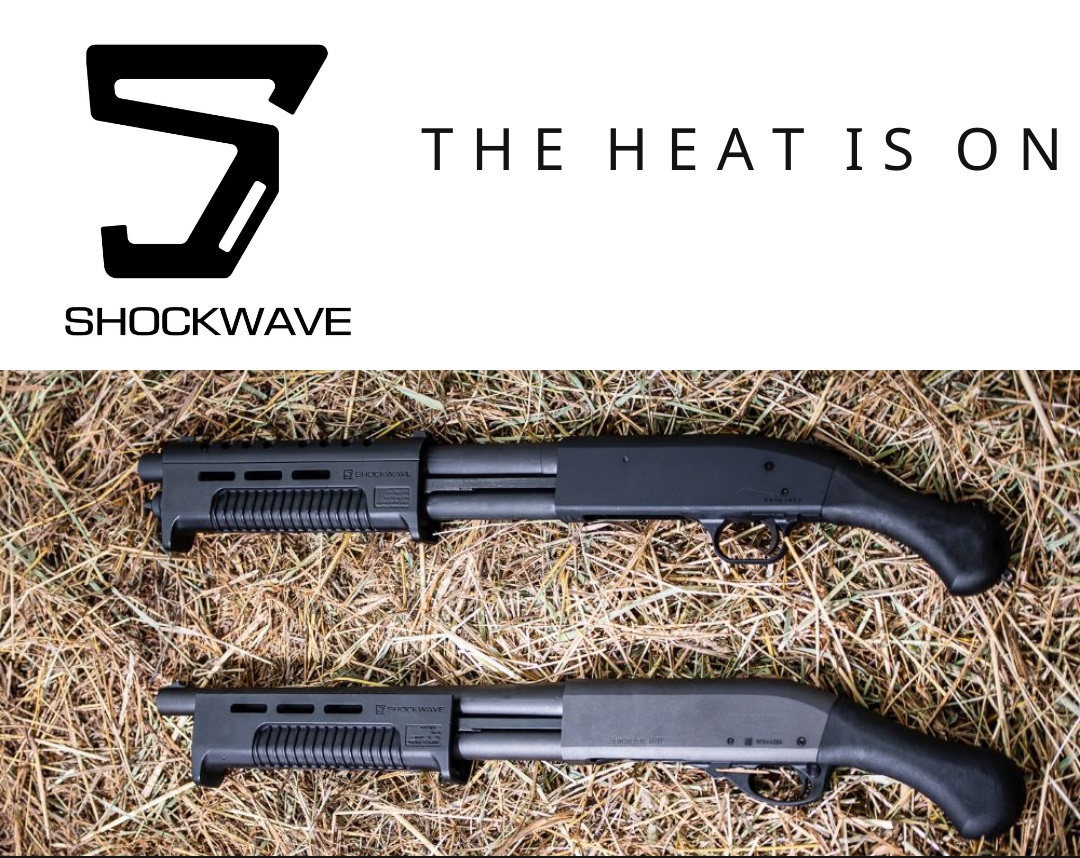
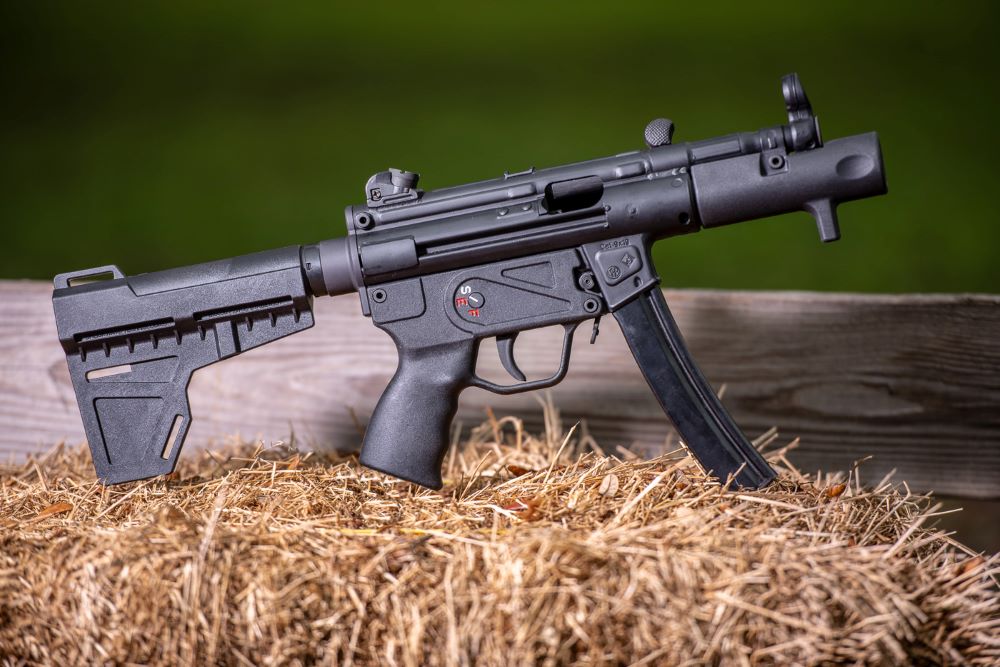


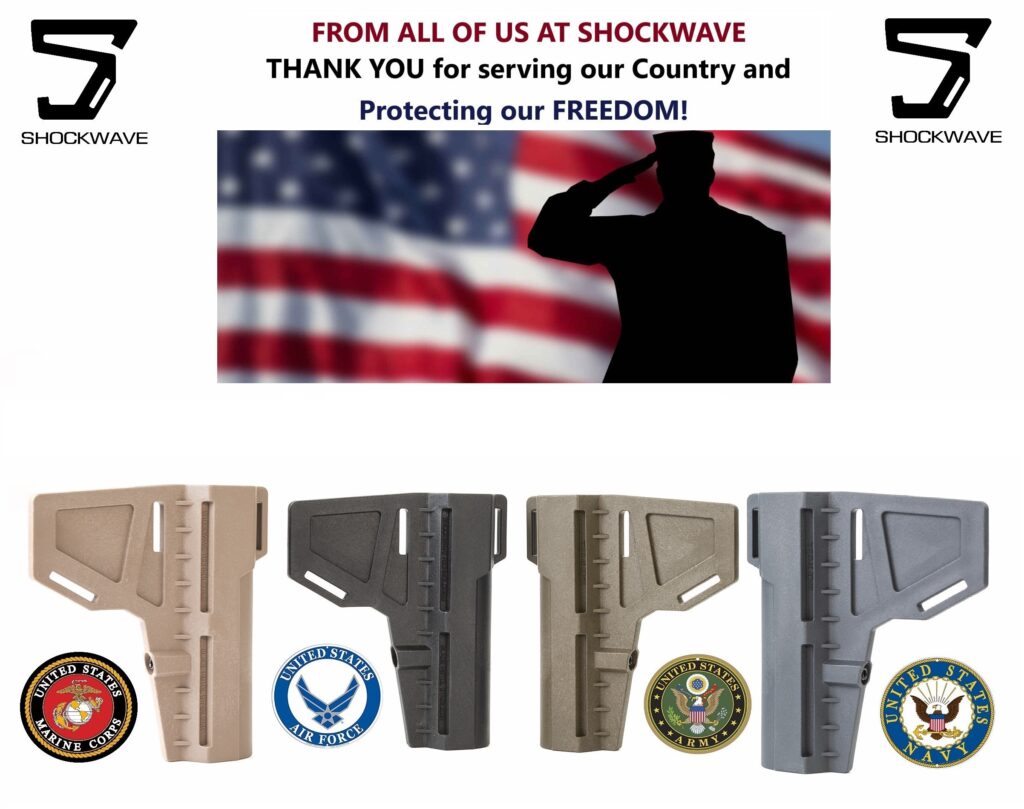

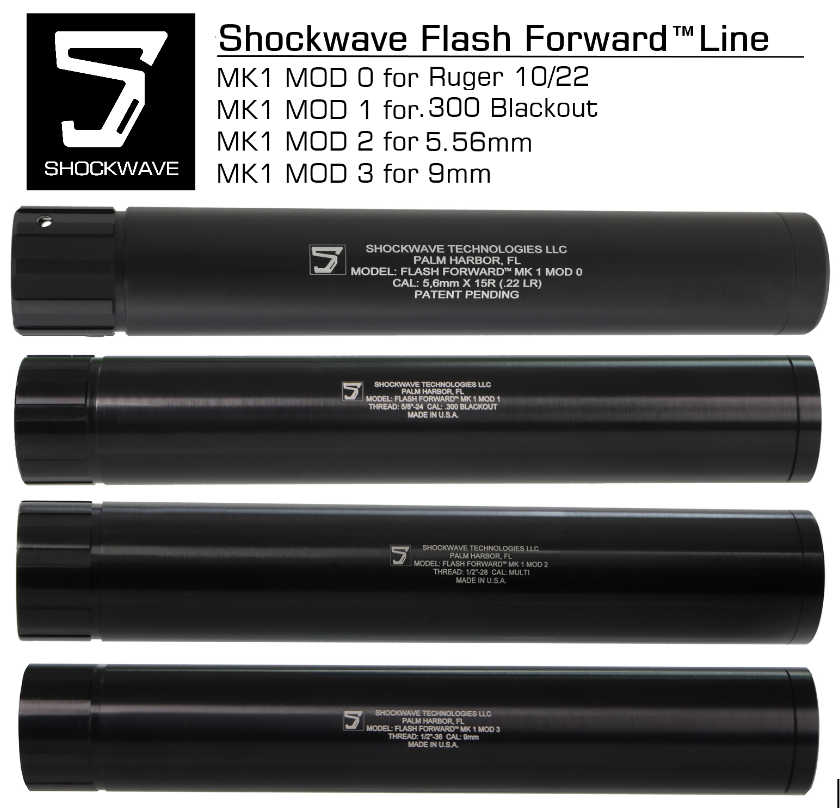
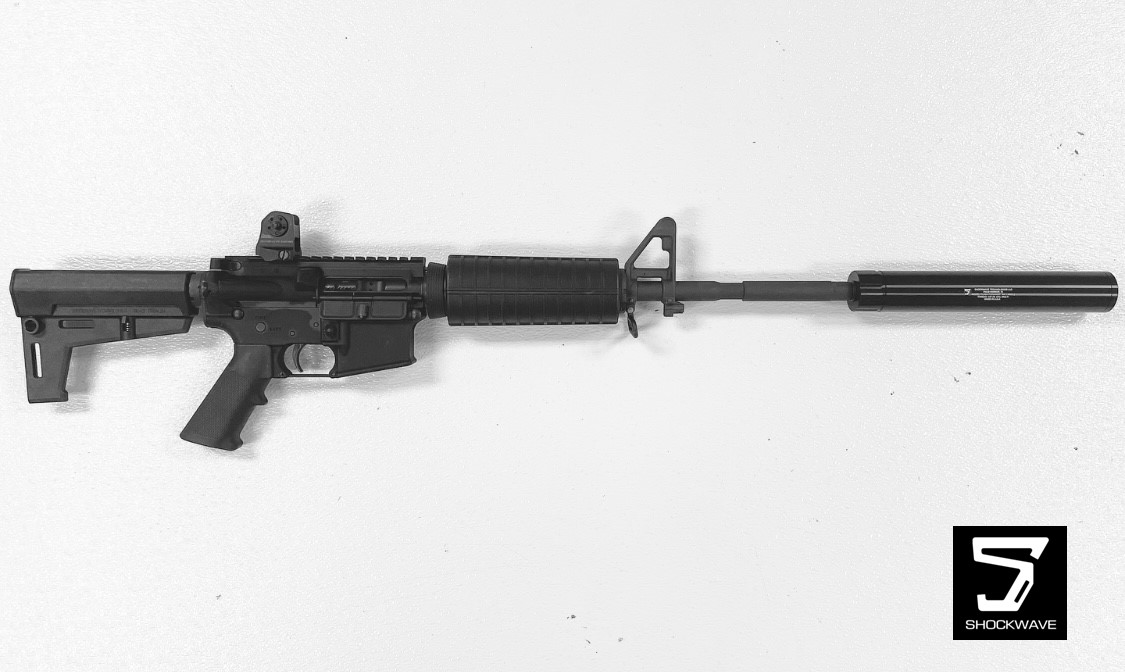
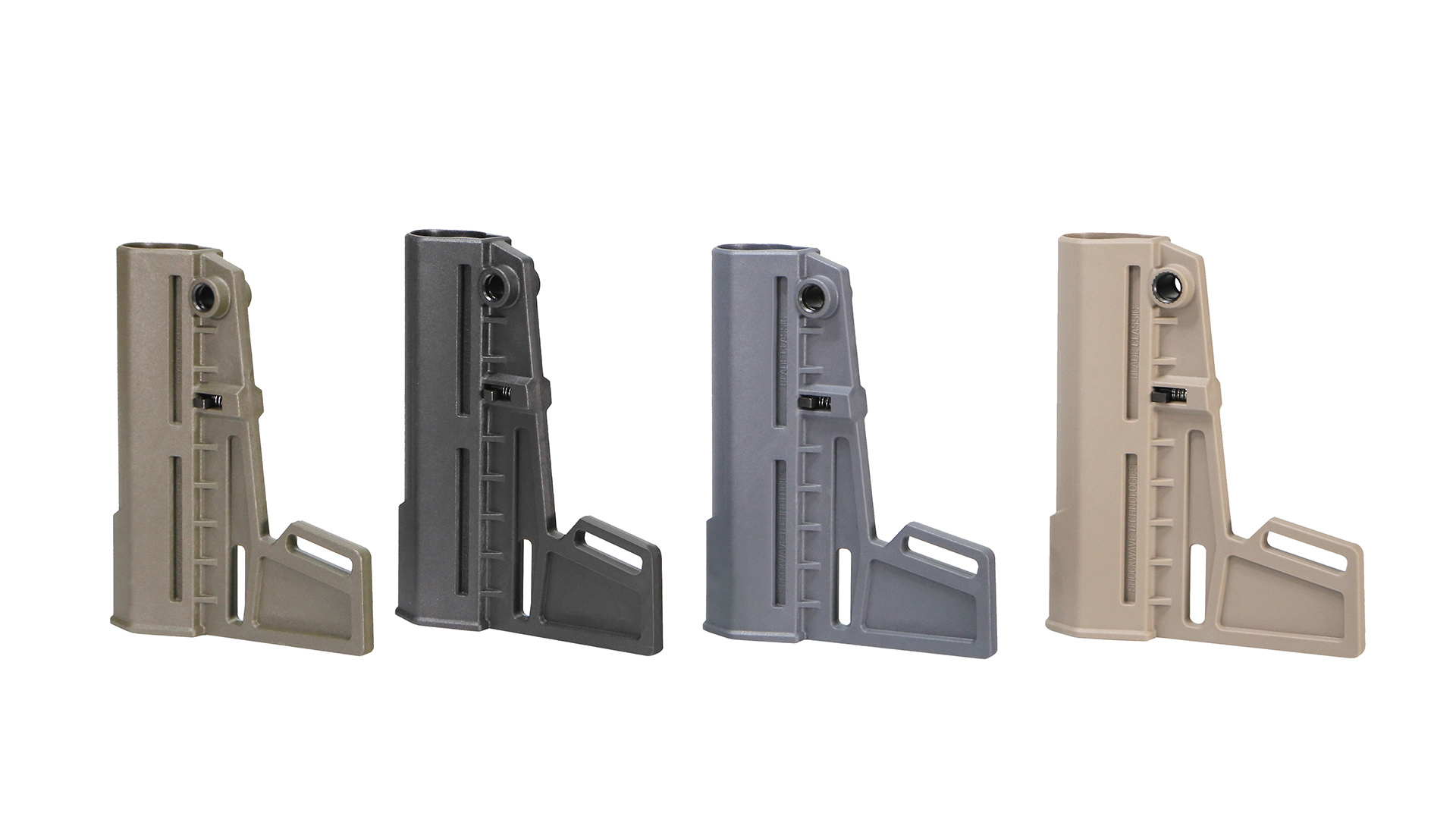
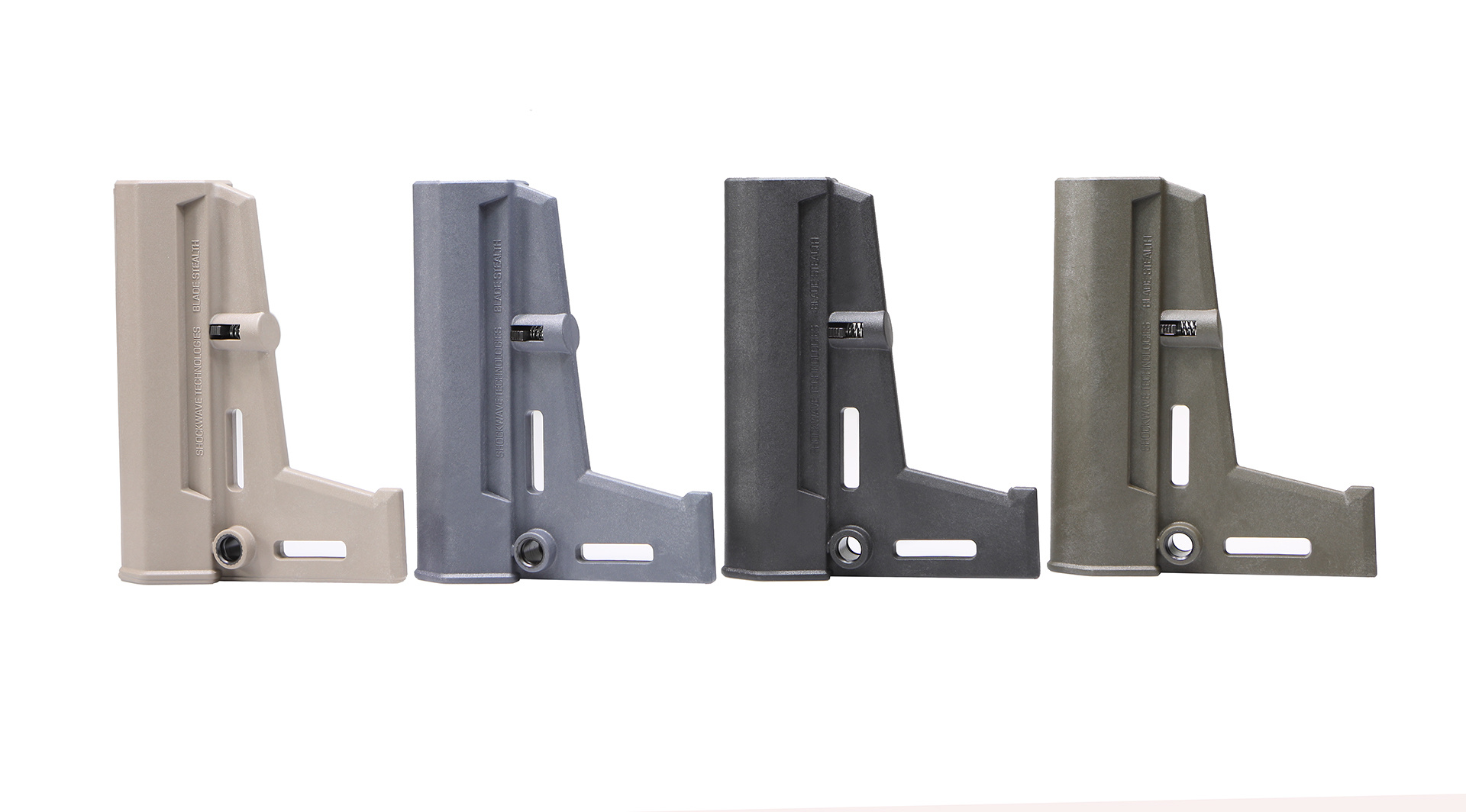
Recent Comments